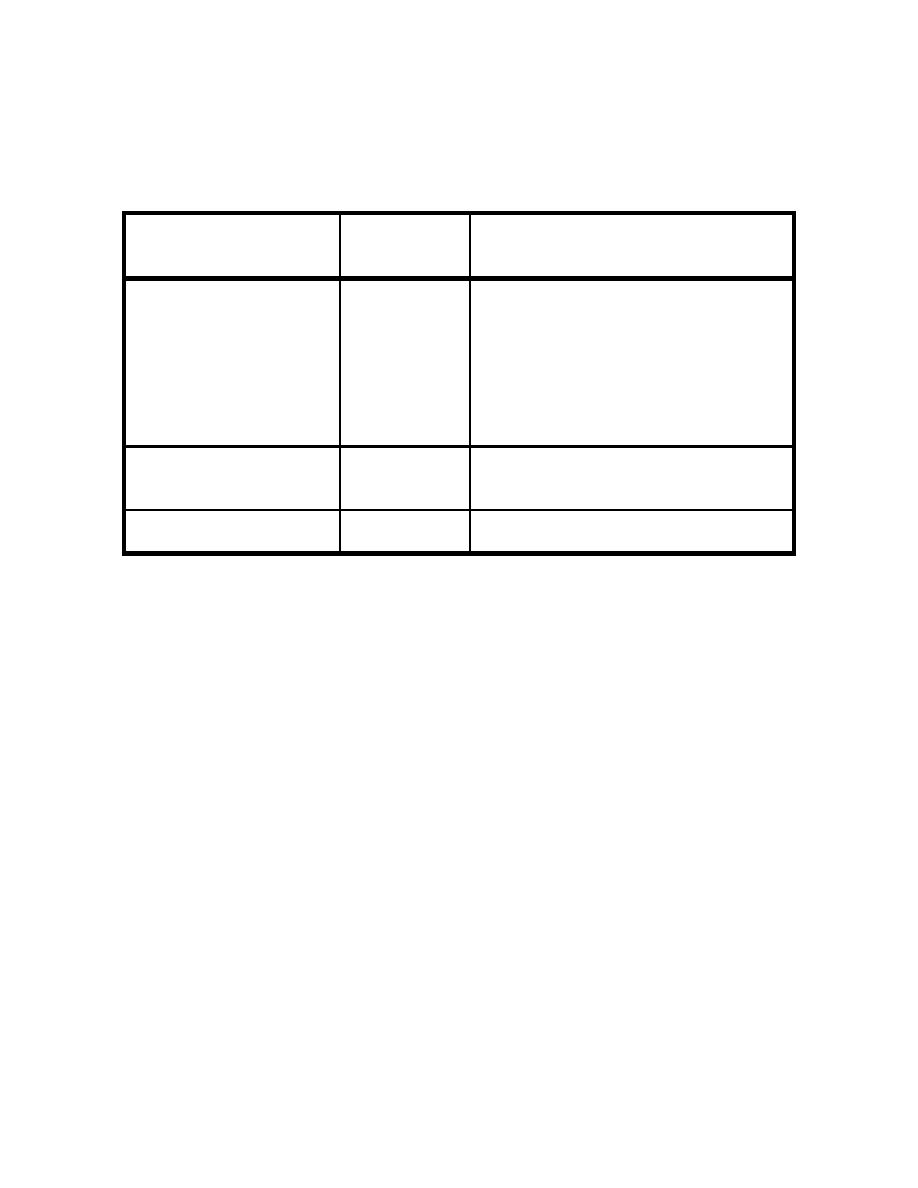
UFC 4-159-03
3 October 2005
Table 3-8. (Continued) Recommended Practical Motion Criteria for Moored
Vessels
(e) Special Criteria
NOTES
CONDITION
MAXIMUM
AMPLITUDE
VALUES
Heave
-
Ships will move vertically with any
long period water level change (tide,
storm surge, flood, etc.). The
resulting buoyancy forces may be
high, so the mooring must be
designed to provide for these motions
due to long period water level
changes.
Loading/unloading
0.6 m (2
Maximum ramp motion during
preposition ships
feet)
loading/unloading moving wheeled
vehicles.
Weapons
0.6 m (2
Maximum motion between the crane
loading/unloading
feet)
and the object being loaded/unloaded.
3-3
DESIGN METHODS
3-3.1
Quasi-Static Design. Practical experience has shown that in many
situations such as for Mooring Service Types I and II, static analysis tools, such as
FIXMOOR (WATERS TOOLBOX), OPTIMOOR and AQWA LIBRIUM, can be used to
reliably determine mooring designs in harbors. Winds are a key forcing factor in
mooring harbors. Winds can be highly dynamic in heavy weather conditions. However,
practical experience has shown that for typical DOD ships, a wind speed with a duration
of 30 seconds can be used, together with static tools, to develop safe mooring designs.
The use of the 30-second duration wind speed with static tools and the approach shown
in Table 3-9 is called "quasi-static" design.
30



 Previous Page
Previous Page
